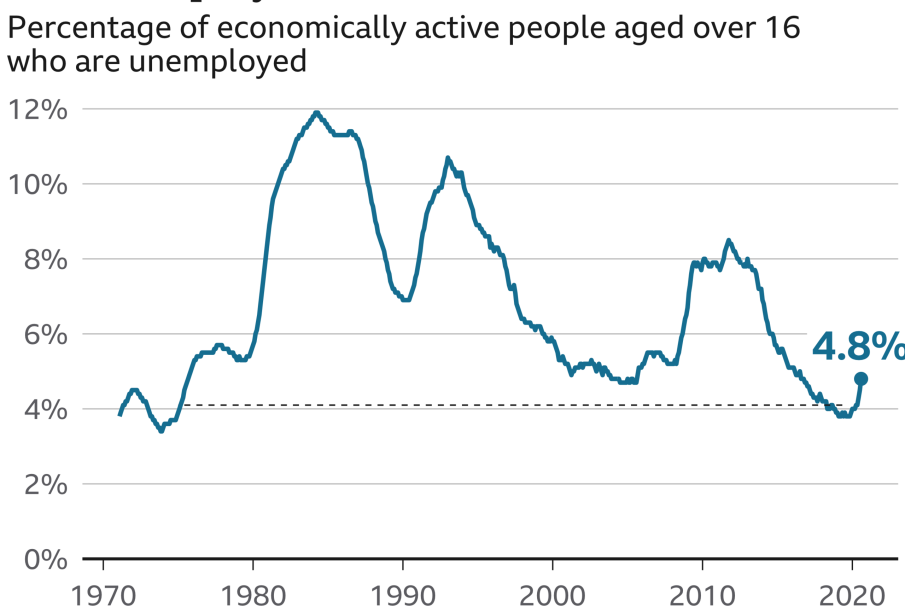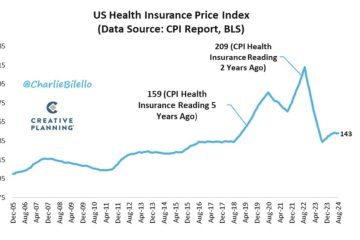Current Trends in the UK Unemployment Rate

The Importance of Unemployment Rate
The unemployment rate is a critical indicator of economic health, reflecting the percentage of the workforce that is without a job, actively seeking employment. The significance of understanding this metric has grown in light of recent global economic shifts, including the repercussions of the COVID-19 pandemic and ongoing geopolitical tensions. In the UK, these factors have played a substantial role in shaping the employment landscape.
Current Statistics
As of September 2023, the UK’s unemployment rate stands at 4.2%, in line with the figures reported in the previous quarter. According to the Office for National Statistics (ONS), this reflects a slight increase from 4.0% earlier in the year. Though the job market remains relatively stable, the increase prompts concerns about potential shifts due to inflation and other economic pressures.
Key Factors Influencing the Job Market
The rise in unemployment has been linked to several factors. Firstly, the cost-of-living crisis has strained consumer spending, leading businesses to reconsider hiring and retention. Secondly, sectors such as retail and hospitality, which were once recovering from lockdown regulations, are now facing uncertainty in staffing due to decreased customer demand.
Moreover, Brexit has added layers of complexity to the employment landscape. Businesses have had to adapt to new immigration rules, making it more challenging to fill vacancies, especially in sectors reliant on lower-wage workers. Additionally, the skills gap in various industries continues to hinder recruitment efforts.
Future Outlook
Economists predict that the unemployment rate could rise slightly over the next year, particularly if inflation continues to impact consumer behaviour and business confidence. However, some analysts suggest that if the economy manages to stabilise and inflation is brought under control, the job market may reflect more positive growth.
The UK government is taking steps to address these issues, including initiatives aimed at upskilling workers and incentivising hiring in key sectors. These measures aim to promote employment and help reduce unemployment rates in the long term.
Conclusion
Understanding the UK unemployment rate not only highlights current economic challenges but also provides a glimpse into the future job market. For job seekers, businesses, and policymakers alike, keeping an eye on these statistics is essential for making informed decisions in a dynamic economic landscape. As we move towards 2024, stakeholders hope to see a more robust recovery in employment, marked by a significant decrease in the unemployment rate.









